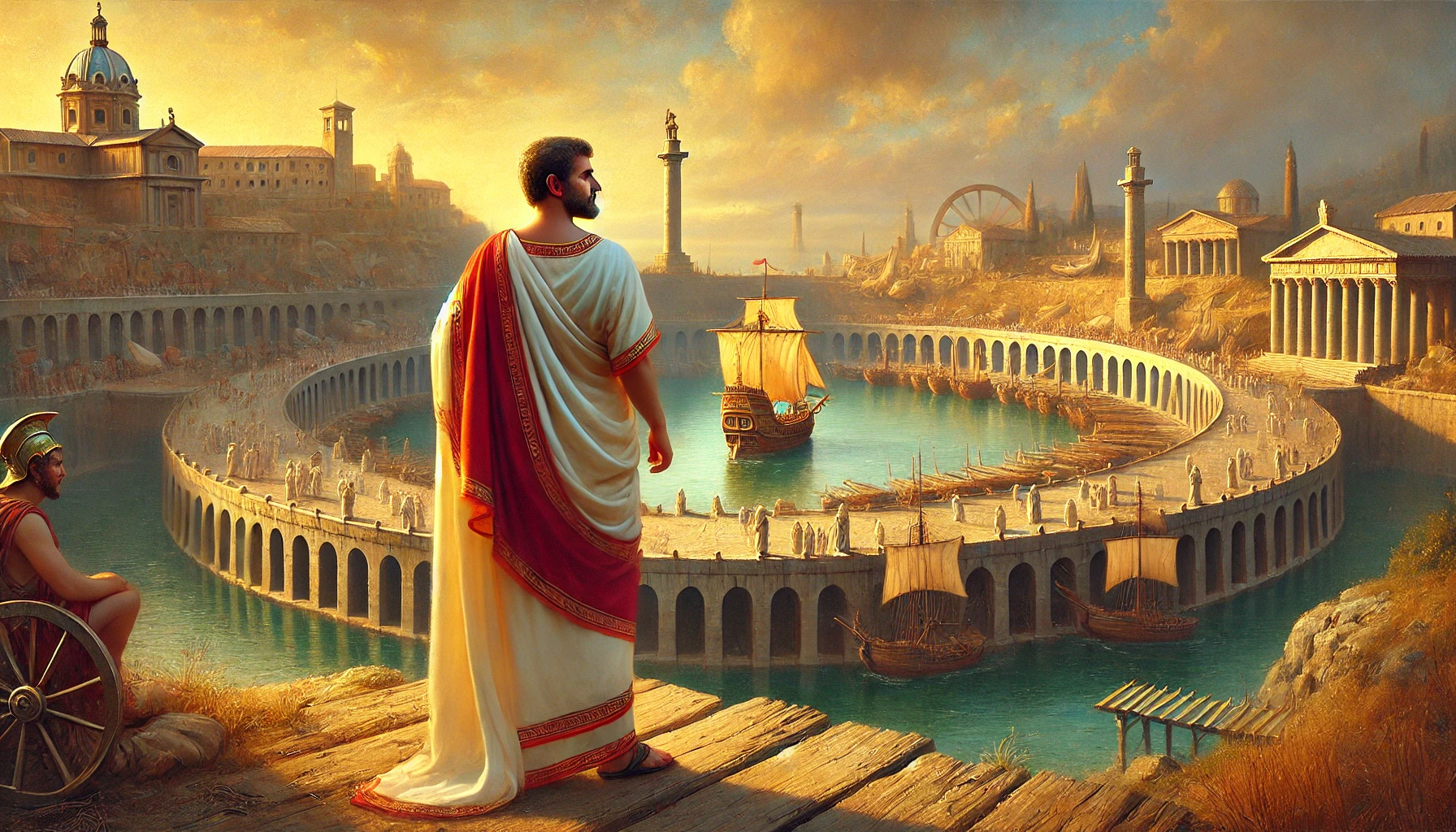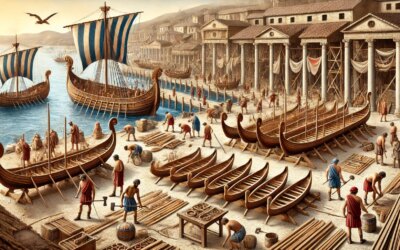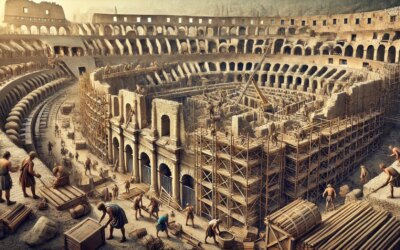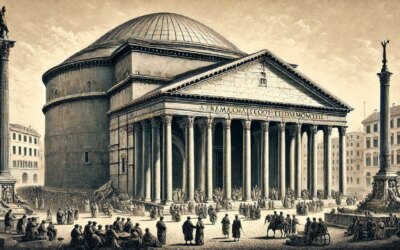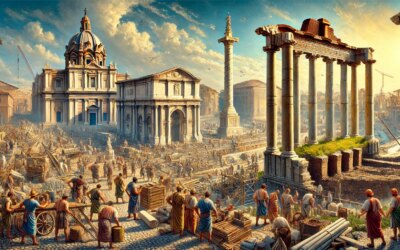Introduction: Rome’s Lifeline to the Sea
By the late 1st century BC, the Roman Empire stood at the height of its territorial and commercial power. Yet it faced a persistent challenge—feeding its ever-growing capital. In response, the statesman and general Marcus Vipsanius Agrippa undertook one of antiquity’s most ambitious infrastructure projects: the construction of Portus, a new harbor near the mouth of the Tiber River. Completed around 12 BC, this engineering marvel would become the logistical heart of the empire’s maritime network.
Agrippa: General, Architect, Visionary
Marcus Agrippa was no ordinary Roman. The right hand of Augustus, a naval hero, and a consummate administrator, he combined military genius with an eye for practical urban development. He had already overseen the building of aqueducts, sewers, baths, and public monuments. But Portus would prove to be his most impactful contribution to Rome’s long-term stability.
The Need for a New Port
Rome’s reliance on grain imports, especially from Egypt and North Africa, made secure and efficient port infrastructure vital. The old harbor at Ostia, situated near the river mouth, was vulnerable to silting and rough seas. As Rome’s population surged, especially under Augustus, the limitations of Ostia became a strategic liability. A new harbor was needed—one that could operate year-round and accommodate the growing merchant fleet.
Design and Construction of Portus
Located just north of Ostia, Portus was designed as a large, circular basin excavated inland and connected to the sea by canals. Its distinctive shape, visible even in aerial imagery today, allowed for easy navigation and docking. Lighthouses marked the entrance, and protective moles reduced the impact of waves. Warehouses, granaries, and administrative offices lined the harbor. The entire project was an embodiment of Roman engineering precision and imperial foresight.
Grain, Power, and Imperial Stability
The completion of Portus dramatically improved Rome’s food security. Grain shipments could now be unloaded swiftly and stored safely, ensuring a steady supply for the capital’s vast population. This logistical stability underpinned Augustus’ annona system—state-controlled grain distribution that kept social unrest at bay and secured political loyalty. With Portus, Agrippa helped anchor the ideological shift from republic to empire through practical governance.
Portus in the Imperial Imagination
Though Augustus received much of the credit, inscriptions and coins celebrated Agrippa’s role. His image as a general who won the Battle of Actium was now matched by his legacy as the architect of Rome’s prosperity. Later emperors, especially Claudius and Trajan, expanded the port complex further, adding new basins and canals. But Agrippa’s original design remained the strategic and symbolic core.
Legacy and Archaeological Rediscovery
Portus continued to serve as a vital hub for centuries. Even as the empire declined, its structures were maintained and adapted. In modern times, archaeological excavations have revealed stunning details of the site, including mosaic floors, monumental warehouses, and hydraulic systems. The scale of Portus confirms the advanced logistical thinking of Roman planners—and the enduring vision of Agrippa.
Conclusion: More Than a Harbor
Portus was not merely a harbor—it was a statement of Rome’s capacity to master nature, supply its citizens, and project stability. At its center stood Agrippa, a man whose ability to balance military success with infrastructural foresight helped define the Augustan age. As Roman ships docked under the Mediterranean sun, their sails heavy with grain, they brought not only food but the continuity of empire—anchored in the stone basin of Portus.

